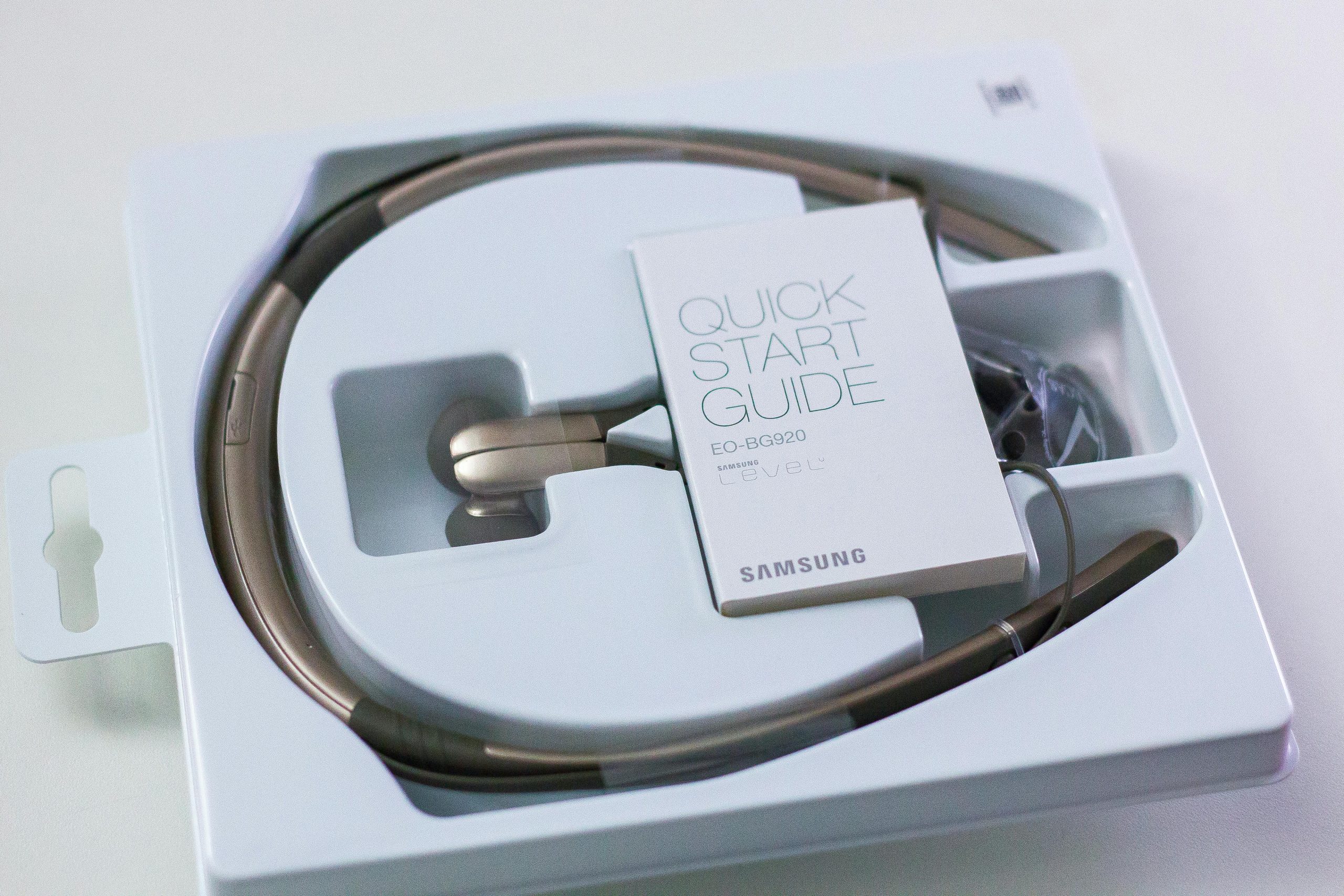Understanding and Resolving Audio Issues with New Monitors: A Comprehensive Troubleshooting Guide
Encountering audio problems after setting up new monitors can be frustrating, especially when standard troubleshooting steps don’t seem to resolve the issue. If you’re experiencing a persistent lack of sound in your headphones or speakers despite multiple attempts, this guide aims to help you systematically identify and fix the problem.
Common Symptoms:
– No audio output from headphones or speakers connected to your system
– The Windows Audio Service fails to start automatically
– Volume Mixer displays an “X” indicating muted or disabled audio devices
– Graphical display issues with new monitors that resolve after restarts, but audio remains absent
Initial Diagnostic Steps:
1. Verify Hardware Connections
– Ensure that your monitors are properly connected via the correct audio jacks or HDMI/DisplayPort connections that support audio.
– Test headphones or speakers on another device to confirm they are functioning correctly.
- Check Windows Sound Settings
- Open the Sound settings and ensure the correct output device is selected.
- Right-click the volume icon in the taskbar and select “Open Volume Mixer” to verify devices are not muted or disabled.
-
Look for any indicators like an “X” over the device icon, which suggests it is muted or disabled.
-
Inspect Windows Services
- Open the Services management console (
services.msc) and locate the “Windows Audio” service. - Ensure it is set to Automatic and is currently running.
- If it isn’t running, attempt to start it manually and set its startup type to Automatic.
Advanced Troubleshooting:
1. Reinstall and Update Audio Drivers
– Uninstall your current audio drivers through Device Manager.
– Download the latest drivers from your motherboard or sound card manufacturer’s website.
– Reinstall the drivers and restart your system.
- Reset Windows Audio Components
-
Use Command Prompt to run commands that reset audio components. For example:
net stop audiosrv
net start audiosrv -
Alternatively, use Windows built-in troubleshooter:
- Settings > Update & Security > Troubleshoot > Additional troubleshooters > Playing Audio
-
Check for Windows Updates
-
Ensure your system is updated with the latest Windows patches that may include fixes for audio issues.
-
Verify Device and Hardware Compatibility
- Confirm that your system’s hardware supports audio through your new monitors.
- For HDMI/DisplayPort audio
Share this content:



